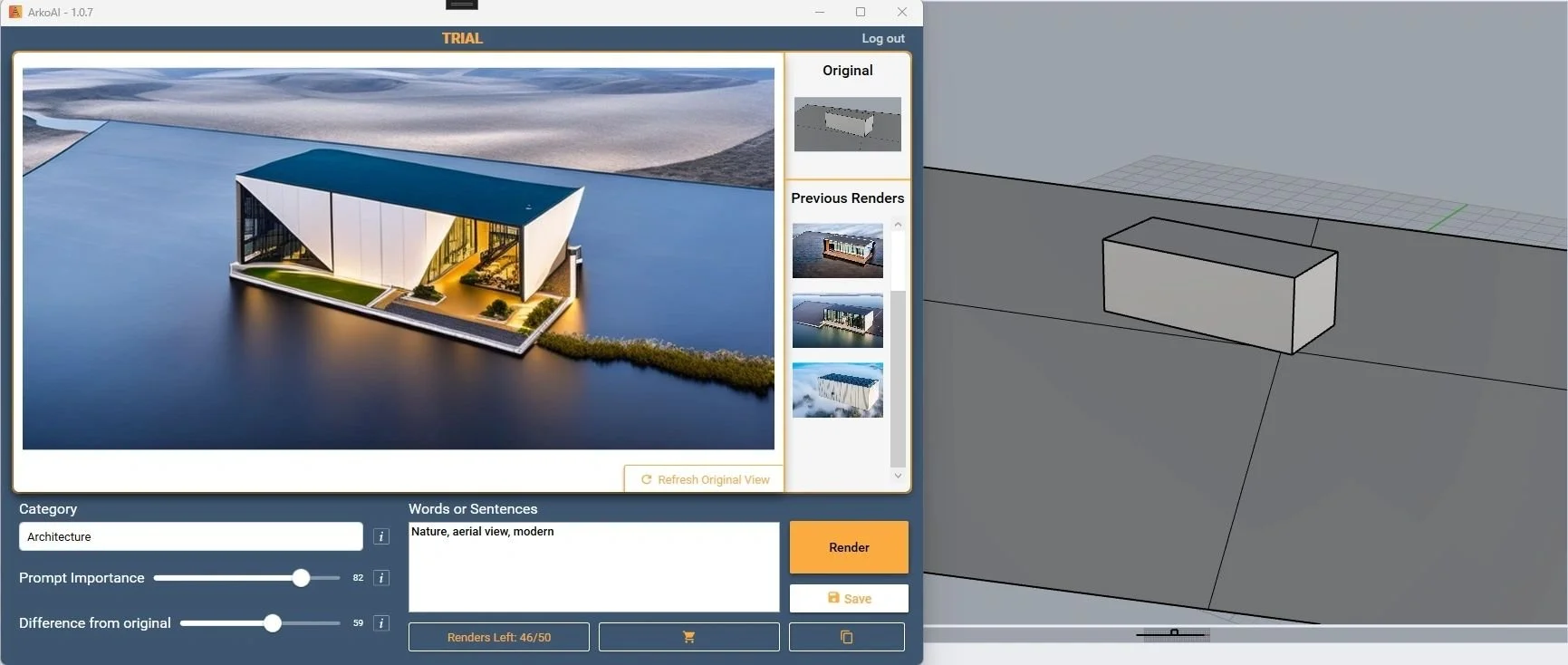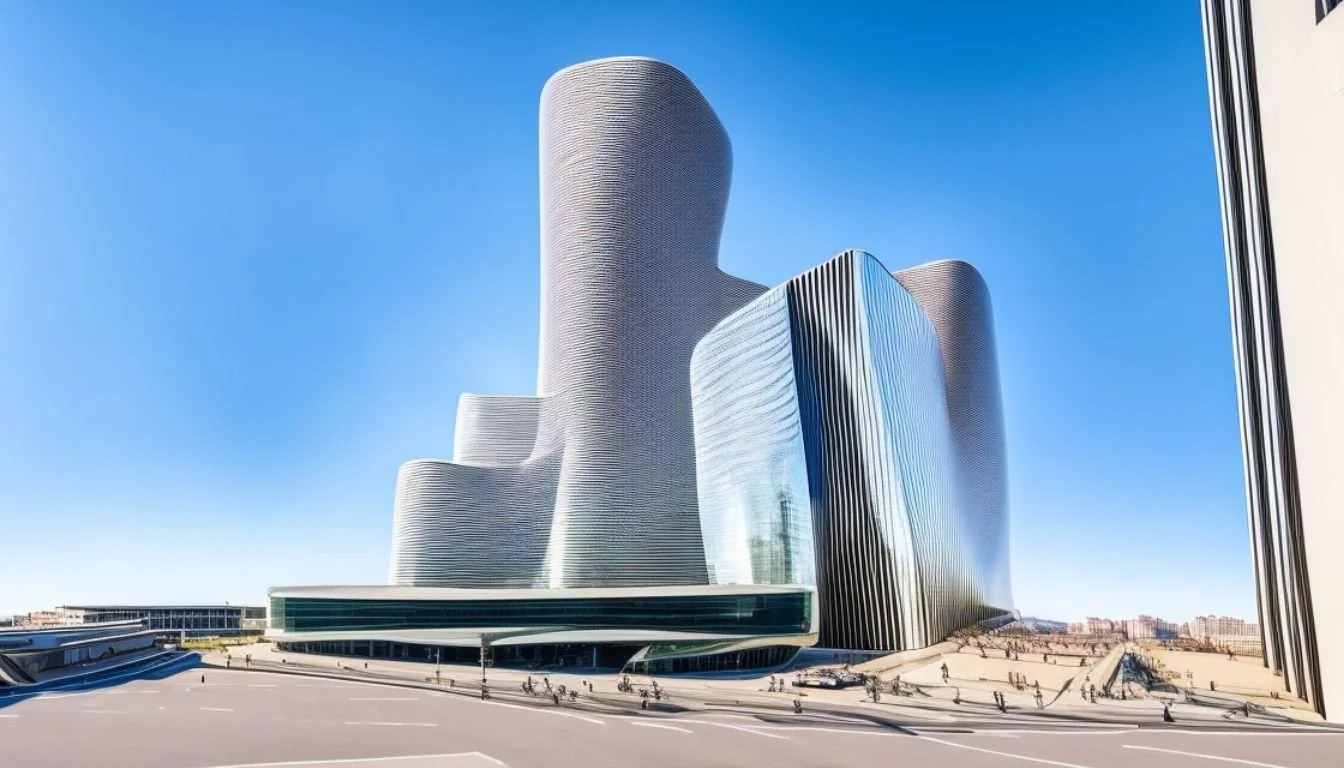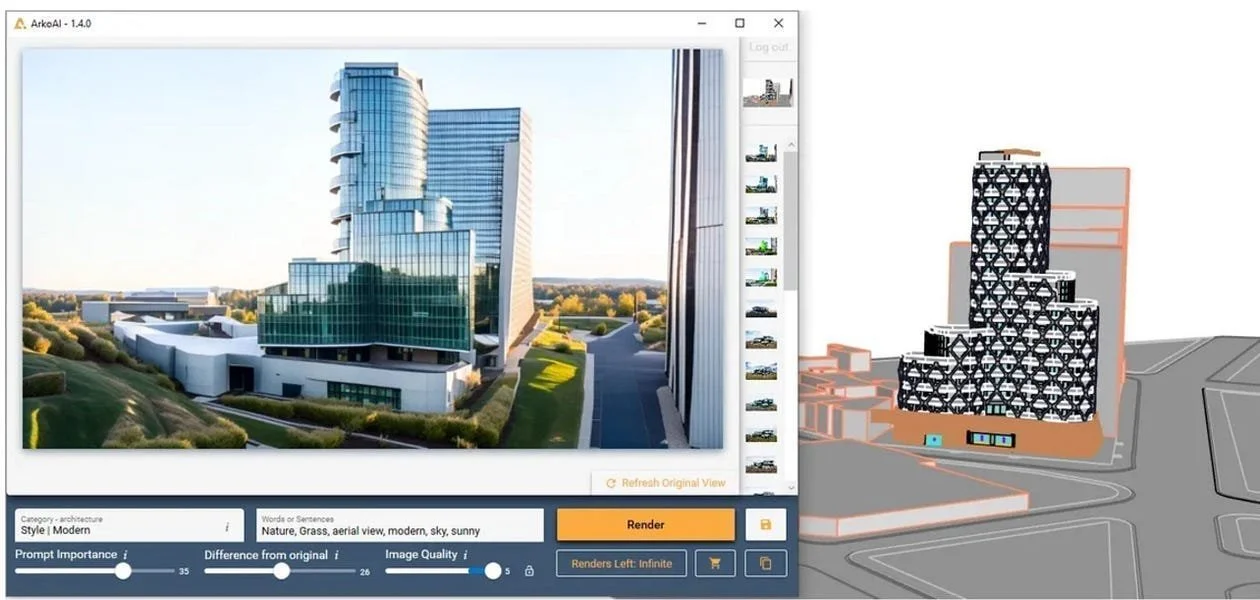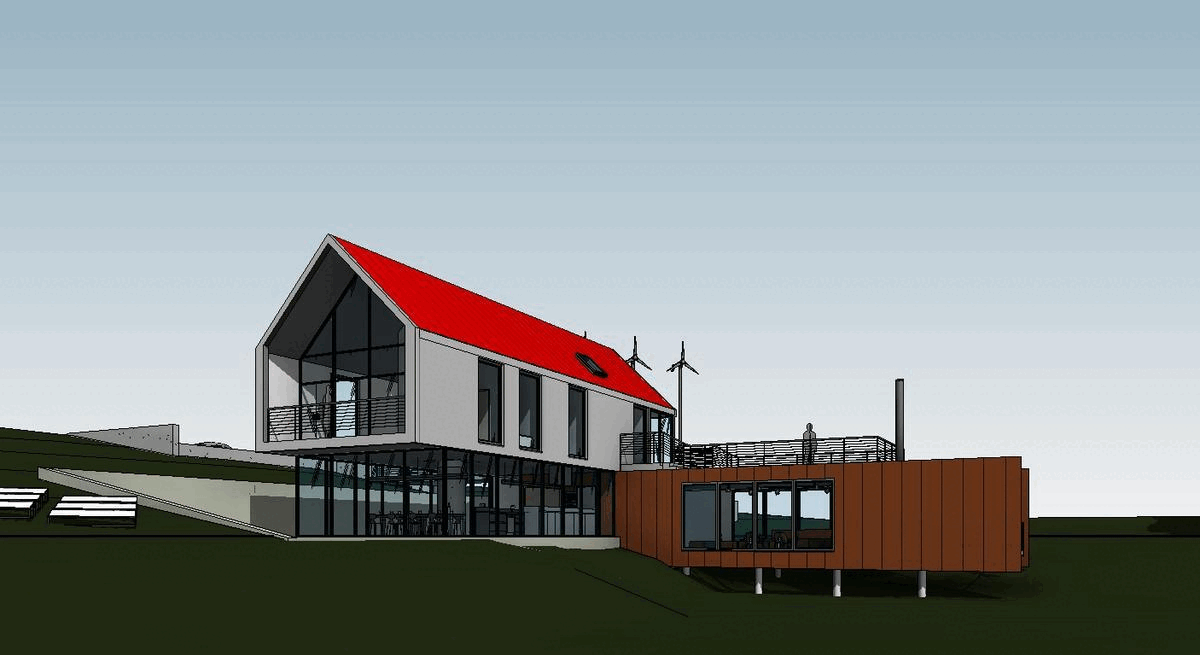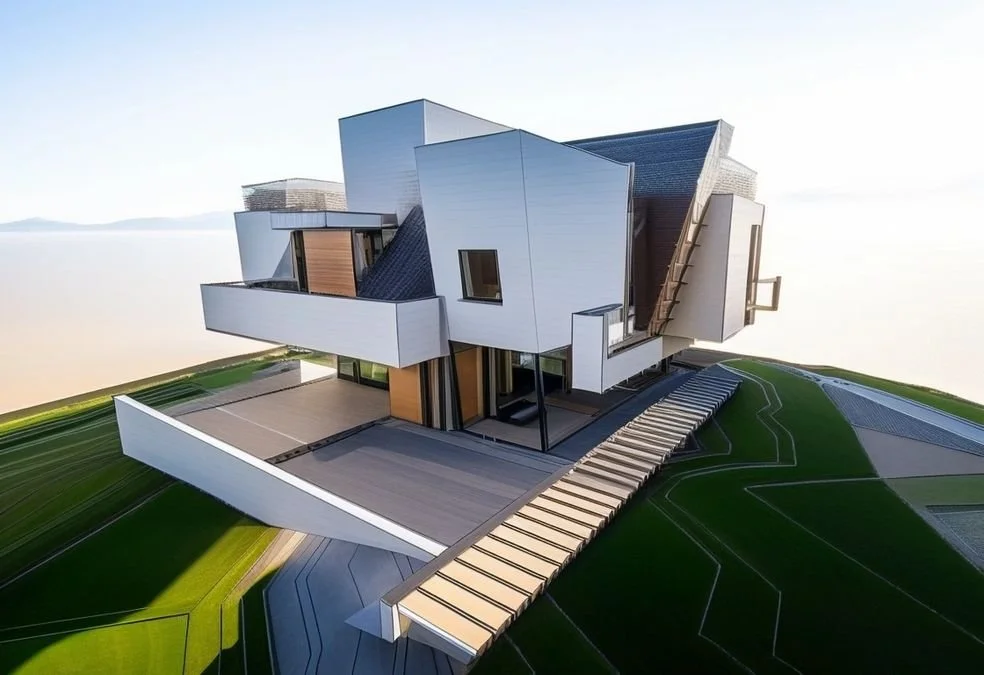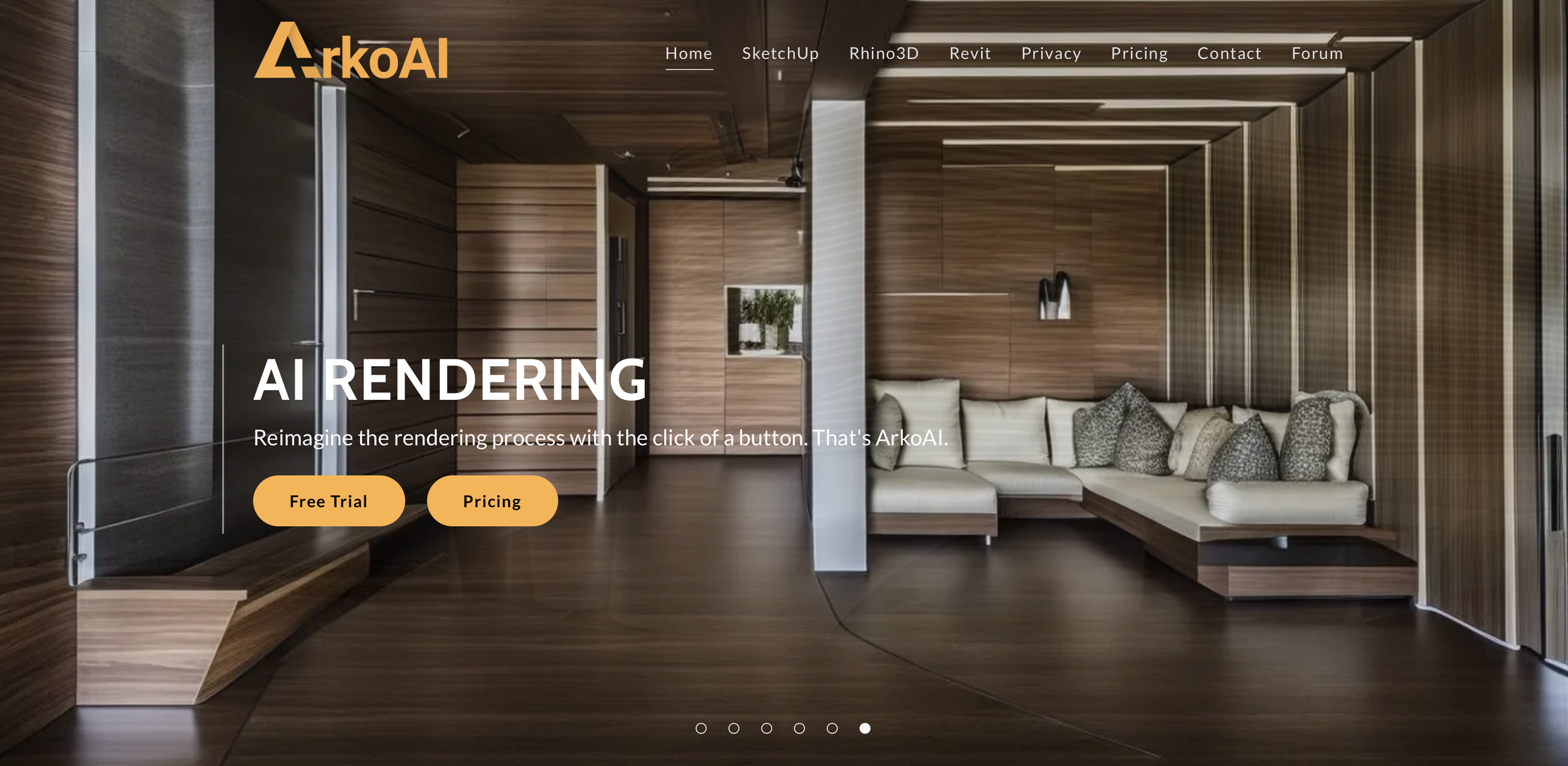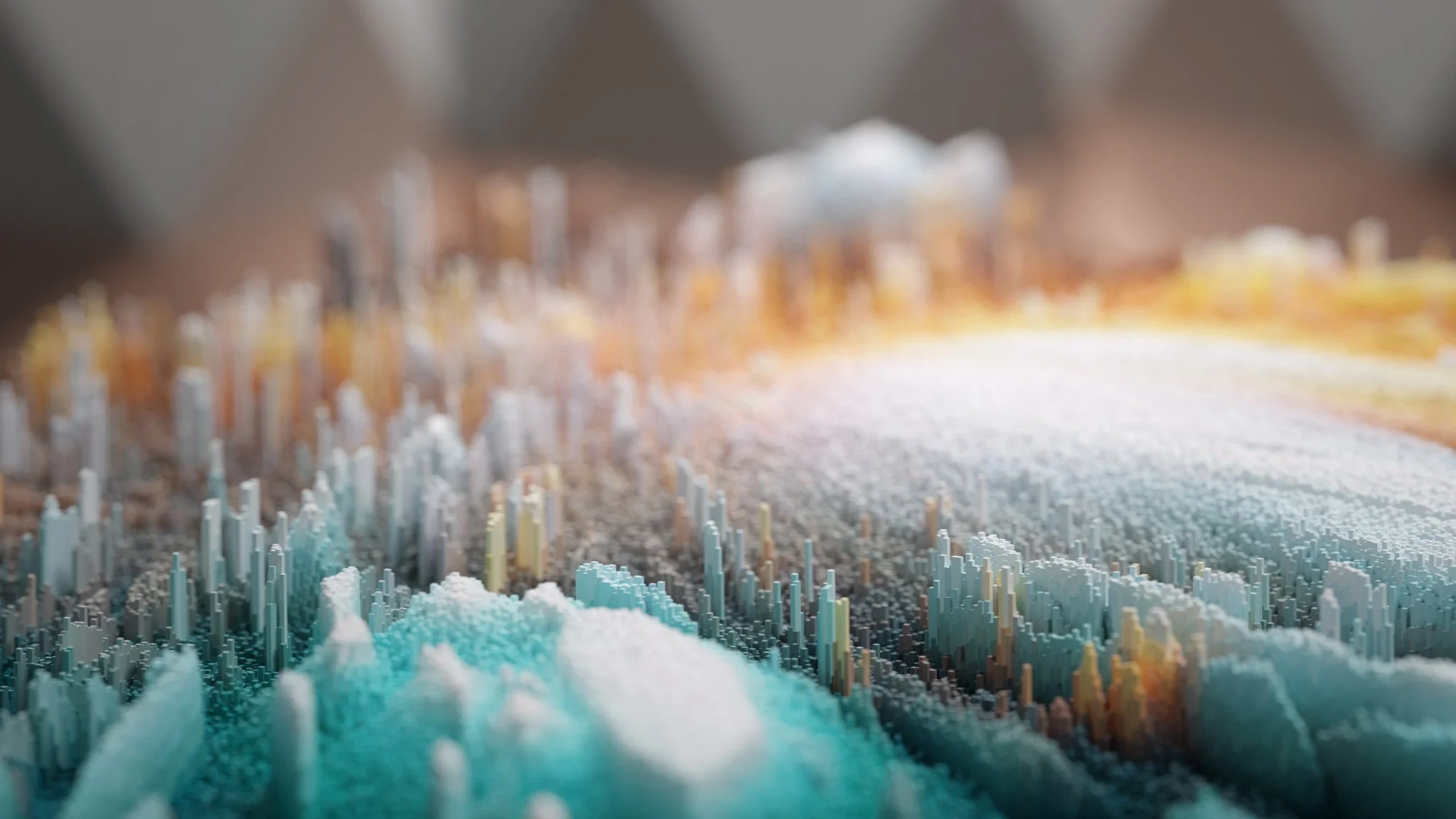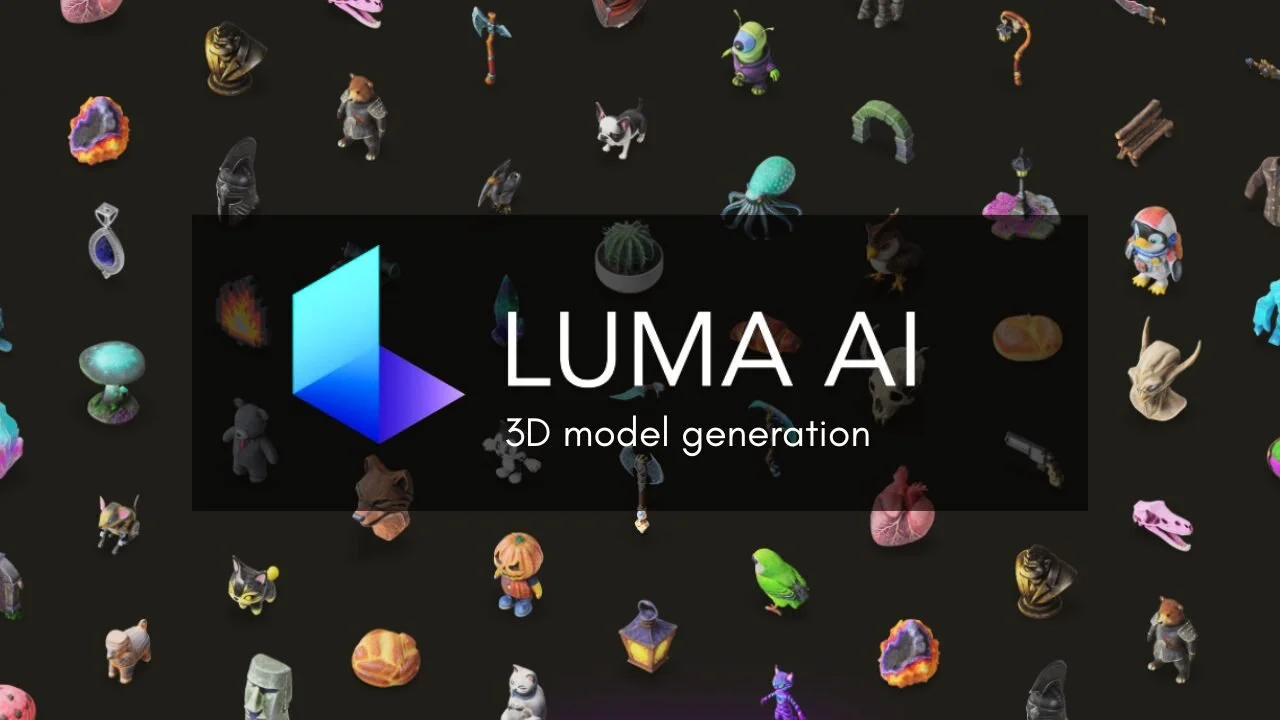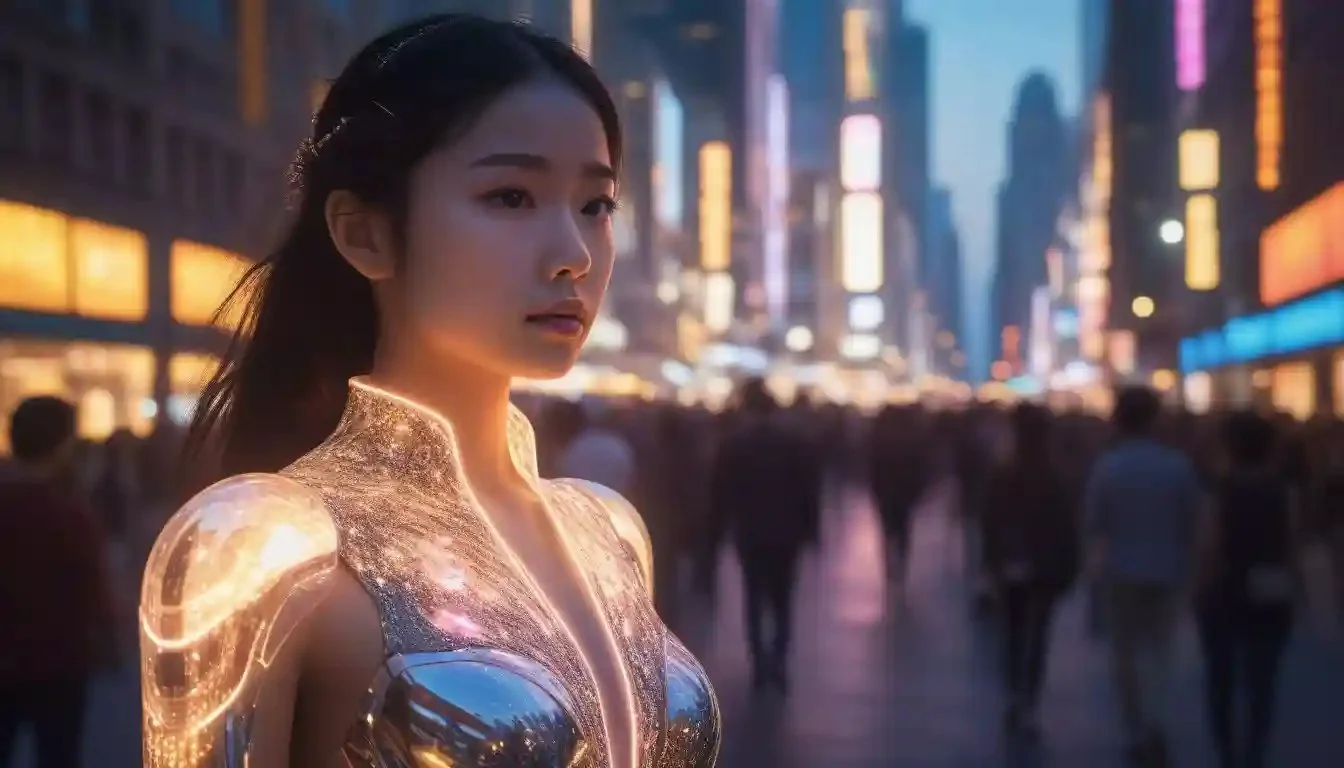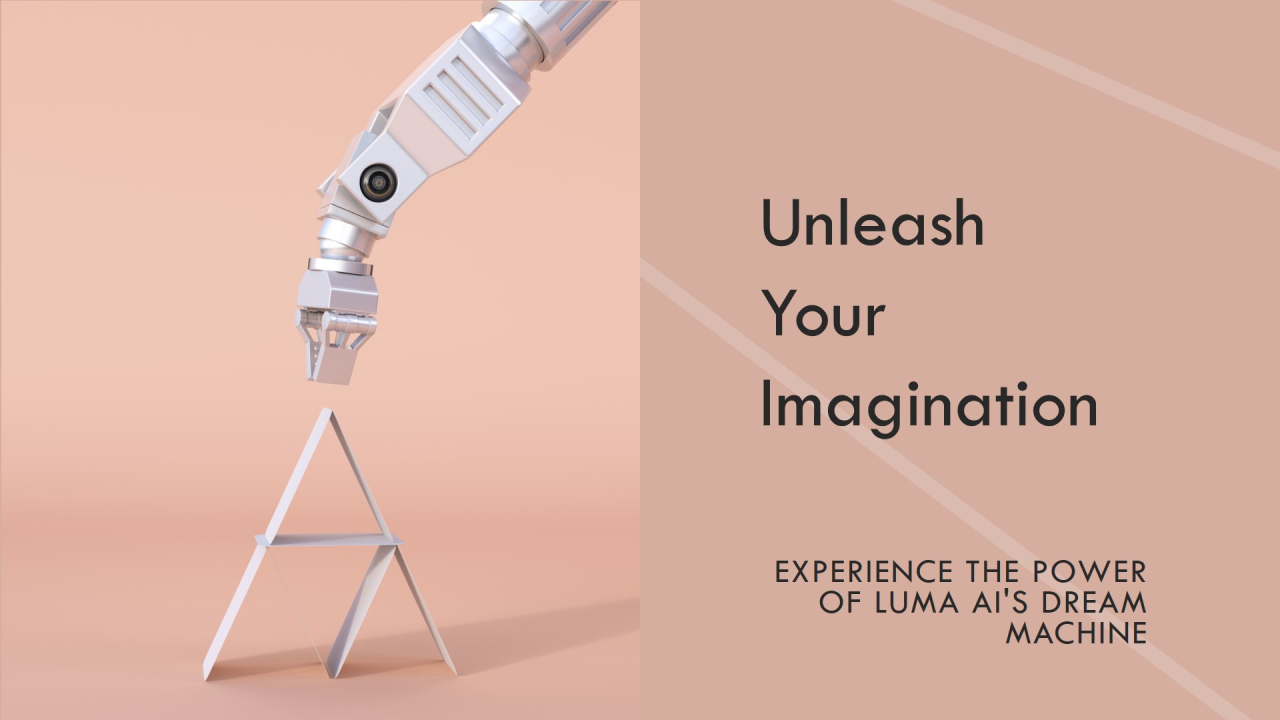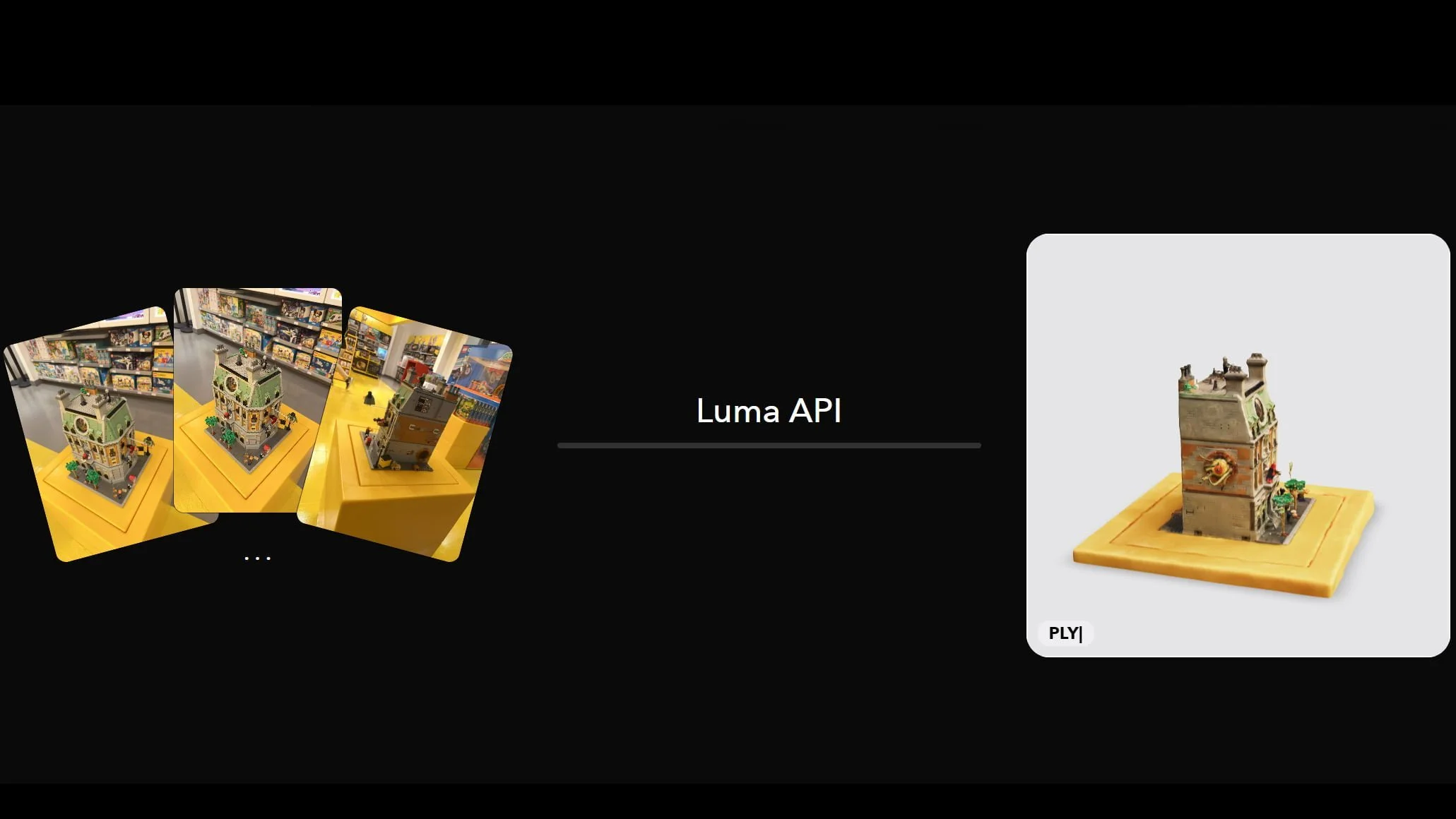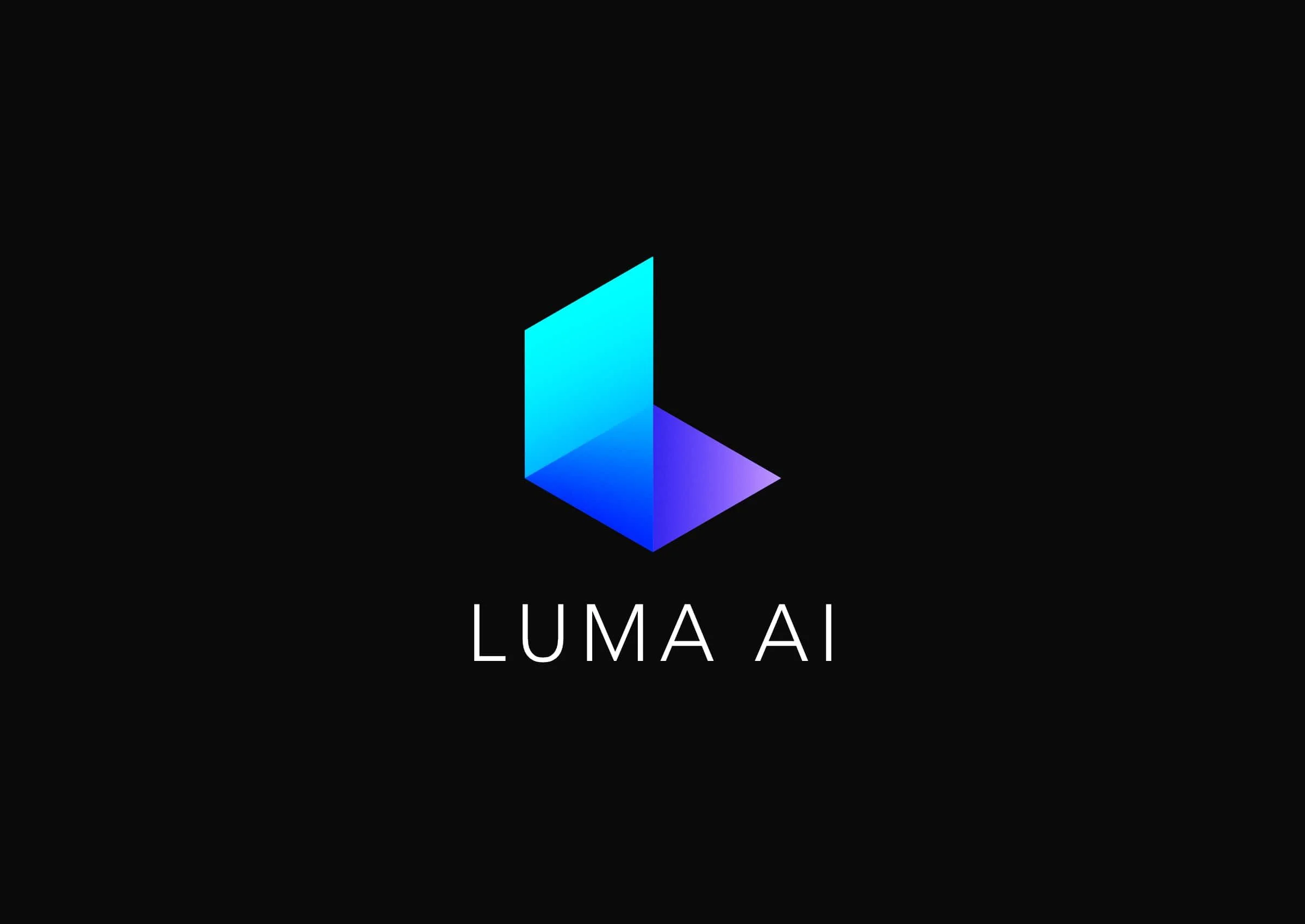 Image 1 of 10
Image 1 of 10

 Image 2 of 10
Image 2 of 10

 Image 3 of 10
Image 3 of 10

 Image 4 of 10
Image 4 of 10

 Image 5 of 10
Image 5 of 10

 Image 6 of 10
Image 6 of 10

 Image 7 of 10
Image 7 of 10

 Image 8 of 10
Image 8 of 10

 Image 9 of 10
Image 9 of 10

 Image 10 of 10
Image 10 of 10











NVIDIA Magic3D can create 3D content that educates on regenerative systems
Magic3D, developed by NVIDIA and introduced at the IEEE Conference on Computer Vision and Pattern Recognition (CVPR) in 2023, is a groundbreaking text-to-3D content creation tool that generates high-resolution 3D mesh models. The platform leverages advanced AI and image conditioning techniques to provide users with unprecedented control over 3D synthesis through prompt-based editing. Magic3D's mission is to democratise 3D content creation, enabling artists, designers, and developers to create detailed 3D models from textual descriptions. The primary users of Magic3D include game developers, architects, designers, and content creators.
Location
Headquarters: Santa Clara, California, USA (NVIDIA Corporation).
Operations: Global reach with users in multiple countries.
Strategic Reach: Cloud-based platform accessible worldwide through NVIDIA Picasso, NVIDIA's generative AI cloud service.
The Circular Vision
Design Principles: Promotes efficient use of resources by enabling rapid design iterations and reducing the need for physical models.
Resource Optimization: AI-driven tools optimise material usage and energy consumption by providing precise and realistic 3D renderings.
Life Cycle Considerations: Facilitates early-stage design optimization, potentially reducing waste in later stages of development.
Leveraging for Good: Creators can use Magic3D to rapidly iterate on sustainable design options, promoting more environmentally friendly building practices.
Pioneering Solutions
Key Features: High-resolution text-to-3D model generation, image conditioning techniques, prompt-based editing, and integration with NVIDIA Picasso.
Unique Value Proposition: Magic3D significantly reduces design time while ensuring high-quality, realistic 3D models. The platform's ability to generate detailed 3D content from textual descriptions sets it apart from other design tools.
The Regenerative Future
Ecosystem Support: Supports regenerative design by enabling the creation of efficient and sustainable visualisations that minimise resource use and environmental impact.
Future Development: Continuous enhancement of AI algorithms to further improve 3D rendering quality and efficiency.
Creative Empowerment: Empowers designers to focus on creative aspects by automating technical and rendering tasks, allowing for more innovative and sustainable solutions.
Ethical Considerations
Data Usage: Ensures data privacy and security, managing the complexity of AI-driven insights while protecting user information.
Bias Mitigation: Implements measures to prevent or address algorithmic bias, ensuring fair and accurate outcomes.
Transparency: Provides clear, data-driven insights and recommendations, allowing users to understand the basis for optimization suggestions.
Guardrails: Ensures the integrity of design lines and details during the rendering process, preventing misuse of the software.
Challenges: Potential over-reliance on AI-generated designs, possibly limiting human creativity if not properly balanced.
Fact Sheet
Availability: Available globally through NVIDIA Picasso, with sign-up notifications for availability.
RIBA Stages: Most useful in stages 2-4 (Concept Design, Developed Design, Technical Design).
Circular Potential: 5/5.
Key Integrations: Compatible with various 3D modelling software and platforms.
Cost Structure: Subscription-based model (specific pricing not provided).
Carbon Impact: Significant potential for reducing building carbon footprint through optimised design; platform's own carbon impact minimised through cloud-based operations.
Key Takeaway
Magic3D is pioneering the integration of AI in 3D content creation, offering a platform that dramatically reduces design time while optimising for efficiency and sustainability. It has the potential to transform the early stages of building design, enabling rapid iteration and exploration of sustainable options.
Explore Further
Magic3D, developed by NVIDIA and introduced at the IEEE Conference on Computer Vision and Pattern Recognition (CVPR) in 2023, is a groundbreaking text-to-3D content creation tool that generates high-resolution 3D mesh models. The platform leverages advanced AI and image conditioning techniques to provide users with unprecedented control over 3D synthesis through prompt-based editing. Magic3D's mission is to democratise 3D content creation, enabling artists, designers, and developers to create detailed 3D models from textual descriptions. The primary users of Magic3D include game developers, architects, designers, and content creators.
Location
Headquarters: Santa Clara, California, USA (NVIDIA Corporation).
Operations: Global reach with users in multiple countries.
Strategic Reach: Cloud-based platform accessible worldwide through NVIDIA Picasso, NVIDIA's generative AI cloud service.
The Circular Vision
Design Principles: Promotes efficient use of resources by enabling rapid design iterations and reducing the need for physical models.
Resource Optimization: AI-driven tools optimise material usage and energy consumption by providing precise and realistic 3D renderings.
Life Cycle Considerations: Facilitates early-stage design optimization, potentially reducing waste in later stages of development.
Leveraging for Good: Creators can use Magic3D to rapidly iterate on sustainable design options, promoting more environmentally friendly building practices.
Pioneering Solutions
Key Features: High-resolution text-to-3D model generation, image conditioning techniques, prompt-based editing, and integration with NVIDIA Picasso.
Unique Value Proposition: Magic3D significantly reduces design time while ensuring high-quality, realistic 3D models. The platform's ability to generate detailed 3D content from textual descriptions sets it apart from other design tools.
The Regenerative Future
Ecosystem Support: Supports regenerative design by enabling the creation of efficient and sustainable visualisations that minimise resource use and environmental impact.
Future Development: Continuous enhancement of AI algorithms to further improve 3D rendering quality and efficiency.
Creative Empowerment: Empowers designers to focus on creative aspects by automating technical and rendering tasks, allowing for more innovative and sustainable solutions.
Ethical Considerations
Data Usage: Ensures data privacy and security, managing the complexity of AI-driven insights while protecting user information.
Bias Mitigation: Implements measures to prevent or address algorithmic bias, ensuring fair and accurate outcomes.
Transparency: Provides clear, data-driven insights and recommendations, allowing users to understand the basis for optimization suggestions.
Guardrails: Ensures the integrity of design lines and details during the rendering process, preventing misuse of the software.
Challenges: Potential over-reliance on AI-generated designs, possibly limiting human creativity if not properly balanced.
Fact Sheet
Availability: Available globally through NVIDIA Picasso, with sign-up notifications for availability.
RIBA Stages: Most useful in stages 2-4 (Concept Design, Developed Design, Technical Design).
Circular Potential: 5/5.
Key Integrations: Compatible with various 3D modelling software and platforms.
Cost Structure: Subscription-based model (specific pricing not provided).
Carbon Impact: Significant potential for reducing building carbon footprint through optimised design; platform's own carbon impact minimised through cloud-based operations.
Key Takeaway
Magic3D is pioneering the integration of AI in 3D content creation, offering a platform that dramatically reduces design time while optimising for efficiency and sustainability. It has the potential to transform the early stages of building design, enabling rapid iteration and exploration of sustainable options.
Explore Further




